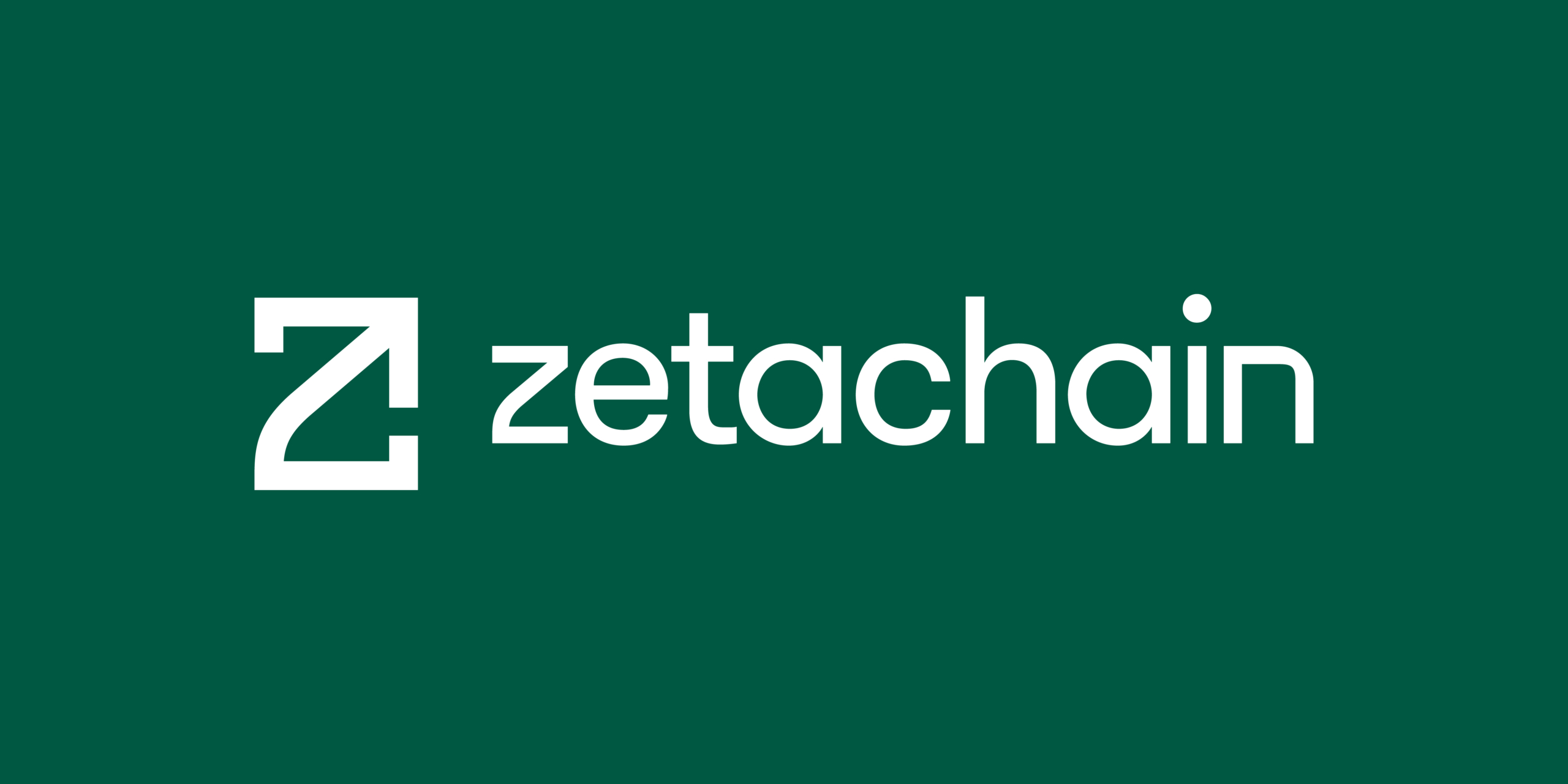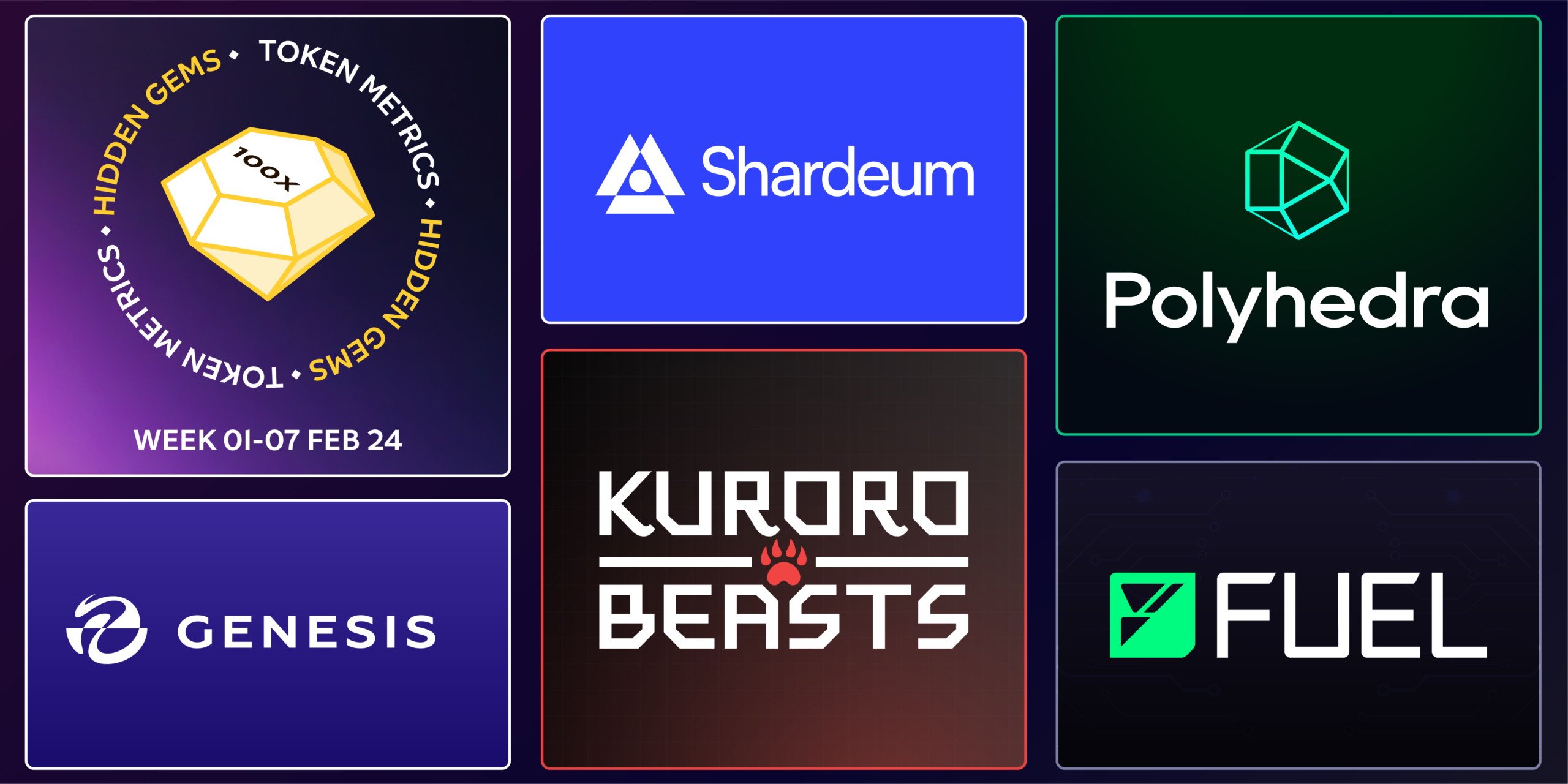Executive Summary
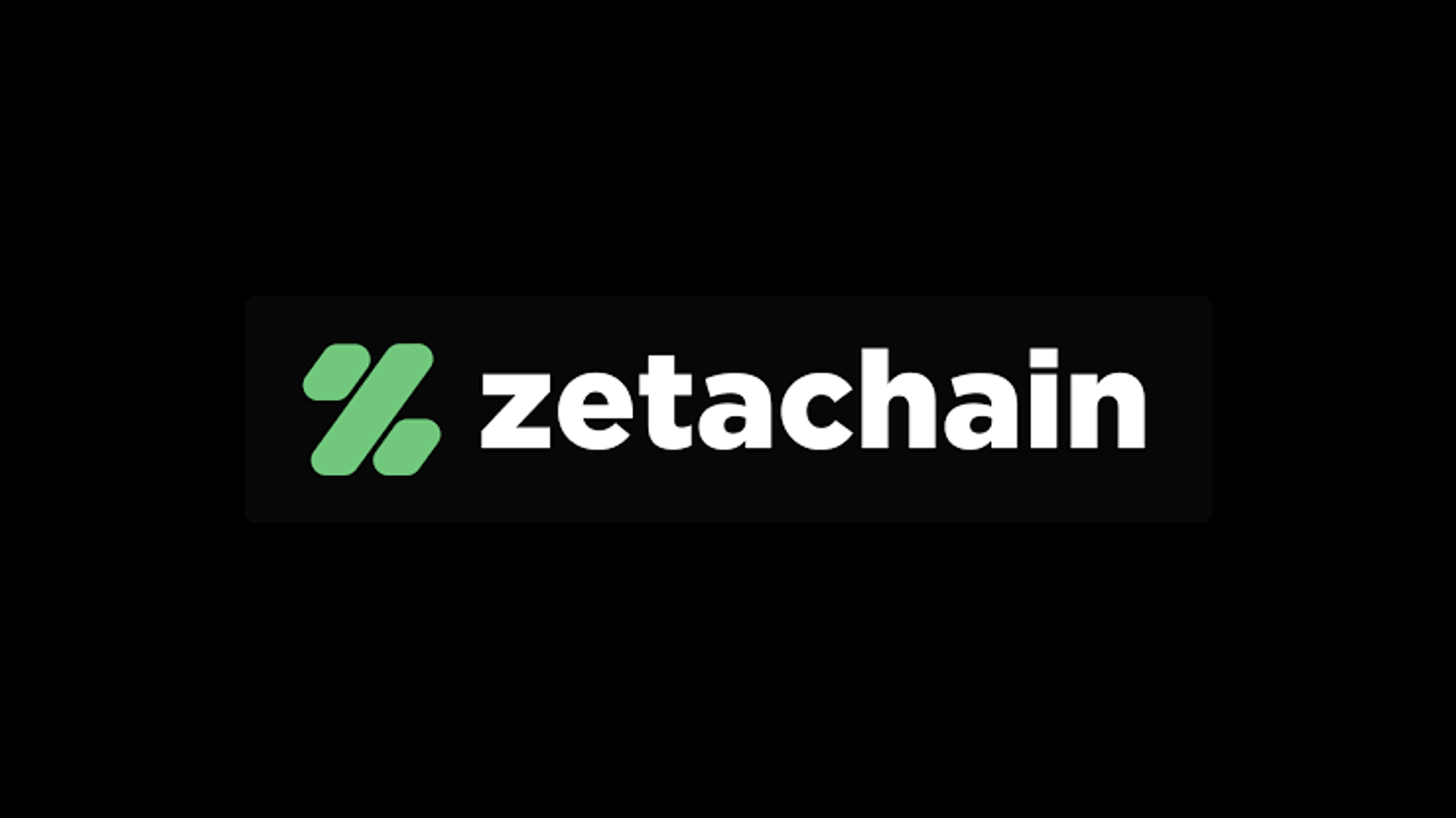
ZetaChain operates as a layer 1 (L1) blockchain and a smart contract platform, featuring inherent connectivity to various blockchains and layers. Distinguished as the sole public blockchain equipped with smart contracts capable of overseeing assets, data, and liquidity across diverse chains, including those lacking native smart contract functionalities such as Bitcoin.
ZetaChain exhibits great versatility by operating as a fully chain-agnostic platform, seamlessly connecting a spectrum of blockchains and layers. Its connectivity spans popular networks like Ethereum mainnet and L2s to OP Stack chains, including Base and Cosmos chains, and extends beyond. Notably, ZetaChain distinguishes itself through its unique capability to interface with non-smart contract chains such as Bitcoin and Dogecoin, thereby conferring upon them the ability to support smart contracts previously deemed unattainable. As a result, ZetaChain emerges as an unparalleled solution for realizing fully interoperable smart contracts and chain-agnostic decentralized applications (dApps).
How does Zetachain works?
ZetaChain assumes a dual role as both an L1 blockchain and a functional layer that fosters connectivity across diverse blockchains. In network architecture, nodes play a pivotal role in observing events, such as payment transactions, on external chains. Subsequently, these nodes engage in consensus-building processes and provide approval to any connected chain. The omnichain smart contracts within the ZetaChain framework play a critical role in processing events by extracting and interpreting information from external chains. Functioning as a singular source of truth, these smart contracts maintain the state of assets and data across all interconnected chains, ensuring coherence and consistency. Moreover, ZetaChain introduces chain-agnostic message passing, allowing existing smart contracts to effortlessly transmit data and value across various chains and layers. This is achieved through a straightforward function call, enhancing interoperability and facilitating seamless communication within the broader blockchain ecosystem.
Market Analysis
In the evolution of blockchain technology, there has been remarkable and exponential growth, resulting in a current valuation of $1.6 trillion, and optimistic forecasts anticipate continued expansion. Despite this success, the market faces a notable challenge in achieving interoperability, as existing protocols pose potential complications.
The cryptocurrency industry is undergoing rapid expansion, witnessing the creation of new blockchains and layers daily, each tailored for specific use cases such as enhancing speed and flexibility and reducing transaction costs for applications spanning DeFi, gaming, social platforms, and more. While this innovation is exciting, it introduces a degree of fragmentation in the industry, creating challenges for developers and users. Tasks like setting up new wallets, switching networks, and bridging between blockchains and layers are complex and often accompanied by security risks.
ZetaChain addresses these challenges by providing a solution that combines ongoing crypto innovation with a simple and secure access point for users and developers to the entire blockchain ecosystem. As a gateway, ZetaChain enables the connection of new blockchains and layers, bringing advanced smart contract functionality even to established chains like Bitcoin and Dogecoin. ZetaChain’s truly chain-agnostic nature allows it to seamlessly connect all blockchains and layers, ranging from Ethereum mainnet, L2s, and OP Stack chains like Base, to Cosmos chains and beyond. Remarkably, it extends support to non-smart contract chains such as Bitcoin and Dogecoin, empowering them with smart contract capabilities previously unattainable. This distinctive feature positions ZetaChain as the sole blockchain capable of facilitating fully interoperable smart contracts and chain-agnostic omnichain decentralized applications (odApps), unlocking countless possibilities across the entire crypto ecosystem.
Key Features
- Decentralized and Public Blockchain Network: ZetaChain is a decentralized and public blockchain network, leveraging the Cosmos SDK and Tendermint Consensus. In contrast to many cross-chain solutions that employ centralized trust models susceptible to exploits and hacks, ZetaChain operates as a Proof-of-Stake blockchain. This ensures that all cross-chain transactions, are conducted fully transparently, verifiably, and trust-minimized.
- Hyper-Connected Nodes: ZetaChain’s nodes have observers who actively monitor transactions on every connected chain. ZetaChain’s Threshold Signature Scheme (TSS) architecture facilitates the network to sign and verify transactions on each connected chain akin to a wallet. These hyper-connected nodes enable a secure and decentralized environment, fostering a seamless omnichain experience for developers to construct innovative cross-chain applications.
- Omnichain Smart Contracts: ZetaChain supports the deployment of smart contracts that can natively read and write to connected chains. This unique capability positions ZetaChain as the exclusive public blockchain facilitating smart contracts with such functionality, introducing a new paradigm in application development.
- Cross-Chain Message Passing: Developers can easily pass messages, including data and value, between chains and layers through simple function calls. This streamlined approach to message passing empowers dApp developers to construct robust cross-chain applications by implementing a few functions within their existing smart contracts.
- Managed External Assets: ZetaChain’s network and dApps built atop it can proficiently manage assets and vaults of externally connected chains. This unique feature allows assets on any chain to be overseen, similar to how a smart contract on a single chain manages assets within its domain. Consequently, a dApp on ZetaChain can coordinate and bring smart contract logic to any connected chain, extending this capability even to non-smart-contract chains like Bitcoin and Dogecoin.
ZetaChain Token

$ZETA serves as the native token of the ZetaChain platform, with an initial total supply of 2,100,000,000 (two billion, one hundred million). Following an approximately four-year period based on a predetermined curve, the protocol aims to introduce a target annual inflation rate of ~2.5%, calculated based on the current circulating supply. The utility of $ZETA extends to various essential functions within the ZetaChain ecosystem. Primarily, it functions as the gas required for transactions on the omnichain smart contracts layer and internal transactions. The protocol adopts mechanisms like EIP 1559, resulting in the gradual burning of some ZETA over time. Additionally, $ZETA plays a pivotal role in core pools, where it is utilized to exchange for external ZRC-20 gas assets. These external assets are essential for funding and executing outbound transactions to external chains. As a cross-chain intermediary asset, $ZETA is embedded within messages to represent value and serves as the means to cover all associated gas and transaction fees consolidated. Core pools facilitate the exchange of $ZETA for outbound gas payments in this context. The importance of $ZETA extends to the security of the Proof-of-Stake (PoS) blockchain. Validators stake $ZETA, and users can delegate their holdings to validators, thereby earning block emissions. Furthermore, $ZETA is a fundamental component in the governance structure of the platform, where it is used for voting on proposals related to network enhancements, policy upgrades, and other governance matters.
Investors
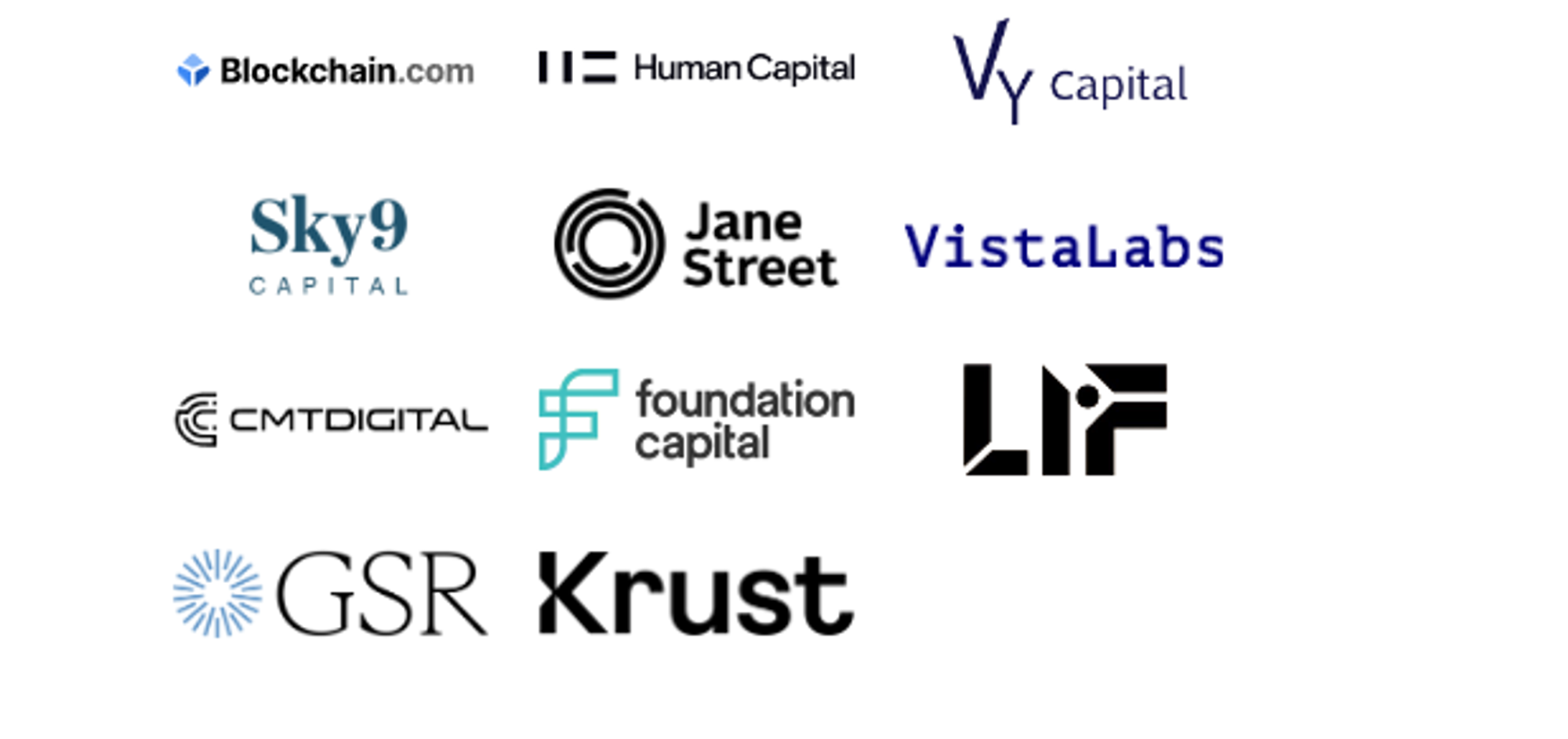
Traction
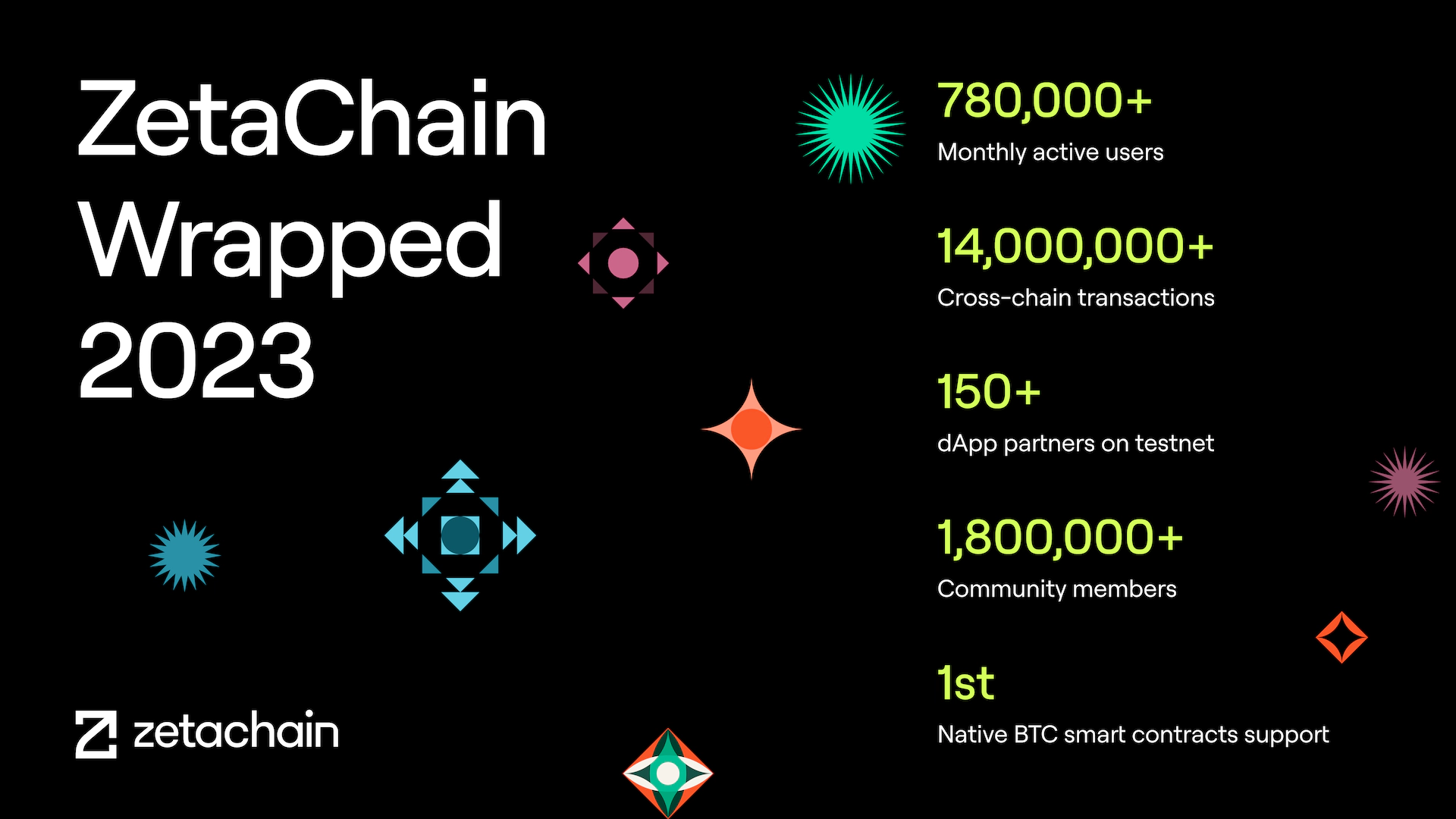
Zetachain has achieved significant traction, evidenced by its expansive user base. The platform boasts over 780,000 Monthly Active Users (MAUs) actively engaging with its testnet decentralized application (dApp) ecosystem. The testnet dApps on ZetaChain have facilitated an impressive volume of Cross-Chain Transactions (CCTXs), exceeding 14m transactions. The platform has established partnerships with more than 150 dApp collaborators on its testnet, as reported by the ZetaChain Ecosystem. Developers have contributed to the ecosystem by deploying over 46,000 dApp contracts.
Zetachain’s global community has grown substantially, with over 1.8m Community Members from 215+ countries, covering all major crypto markets. A notable achievement is introducing native support for Bitcoin (BTC) smart contracts. Zetachain is the first platform to utilize Bitcoin applications directly from wallets in the decentralized finance (DeFi) space or directly from the Bitcoin network itself.
Conclusion
By addressing the prominent challenges associated with cross-chain transactions and providing a platform that bridges divergent blockchains, ZetaChain emerges as a potential catalyst for reshaping the cryptocurrency landscape. ZetaChain’s chain-agnostic nature allows it to connect all blockchains and layers seamlessly, encompassing the Ethereum mainnet, L2s, OP Stack chains like Base, Cosmos chains, and beyond.
ZetaChain is a blockchain capable of facilitating fully interoperable smart contracts and omnichain decentralized applications (odApps). This unique feature underscores its pivotal role in advancing cross-chain connectivity within the blockchain ecosystem. The project’s strategic focus on addressing this vital market segment and its distinctive capabilities position ZetaChain as a robust initiative within the blockchain sphere.
| Fundemental Review | |||||
| Assessment | |||||
| Problem | Significant, long-term problem | 3 | |||
| Solution | Distinct, defensible solution | 3 | |||
| Market Size | Large market, significant growth potential | 3 | |||
| Competitors | Emerging market with few strong competitors | 3 | |||
| Unique Value Proposition | Clear differentiation and value for customers | 3 | |||
| Current Traction | Solid traction, user engagement and retention growing | 3 | |||
| Unit Economics | Positive unit economics, with plans for further improvement | 3 | |||
| Tokenomics | Basic token strategy, potential for improvement | 2 | |||
| Product Roadmap | Unclear or unrealistic product roadmap | 1 | |||
| Business Model | Proven business model with clear path to profitability | 3 | |||
| Go-to-Market Strategy | Solid GTM strategy, clear target market and channels | 3 | |||
| Regulatory Risks | Minimal regulatory risk, strong mitigation and adaptability | 4 | |||
| Total | 70.83% | ||||

